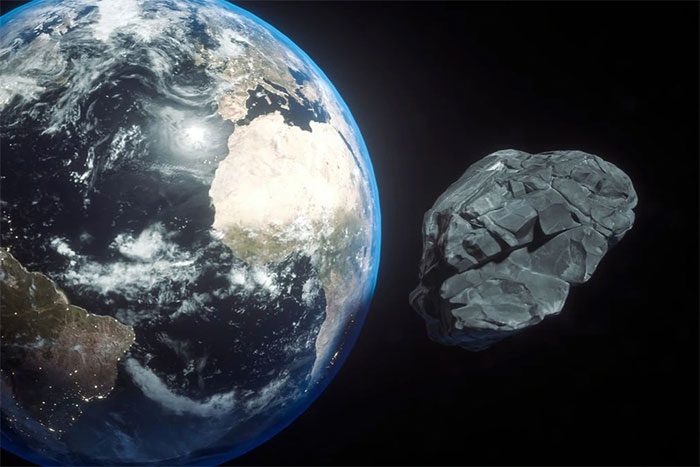An asteroid will zip past Earth on January 27. Its flight path is being closely monitored by NASA.
2024 BJ – an asteroid approximately 25 meters in length – will pass through the space between Earth and the Moon on January 27. NASA scientists consider this a near-Earth object at a relatively close distance, but not close enough to pose a threat to us.

Illustration of the asteroid 2024 BJ passing Earth. (Photo: Getty).
Reportedly, the closest distance that this asteroid will reach to Earth is approximately 353,000 km. This distance is two-thirds of the average distance from Earth to the Moon, meaning it will actually be closer to the Moon.
2024 BJ is one of 158 new space rocks discovered by NASA since the beginning of 2024. In the past, it has come close to the Sun, then passed the orbit of Mars, before heading towards Earth.
Early detection of asteroids and other unusual space objects on a close approach or crossing path with Earth is extremely important. It not only helps us anticipate potential threats but also allows for timely responses if something unusual occurs.
In some cases, asteroids or meteoroids can be difficult to detect against the backdrop of sunlight.
A notable example is an asteroid that entered Earth’s atmosphere near Berlin (Germany) on January 21, creating a bright fireball visible from several kilometers away.
Interestingly, this event could only be detected a mere 3 hours beforehand. Fortunately, there were no unfortunate consequences.
Previously, a meteor explosion occurred just above the city of Chelyabinsk (Russia) in 2013, resulting in shattered windows and over 1,600 injuries.





















































